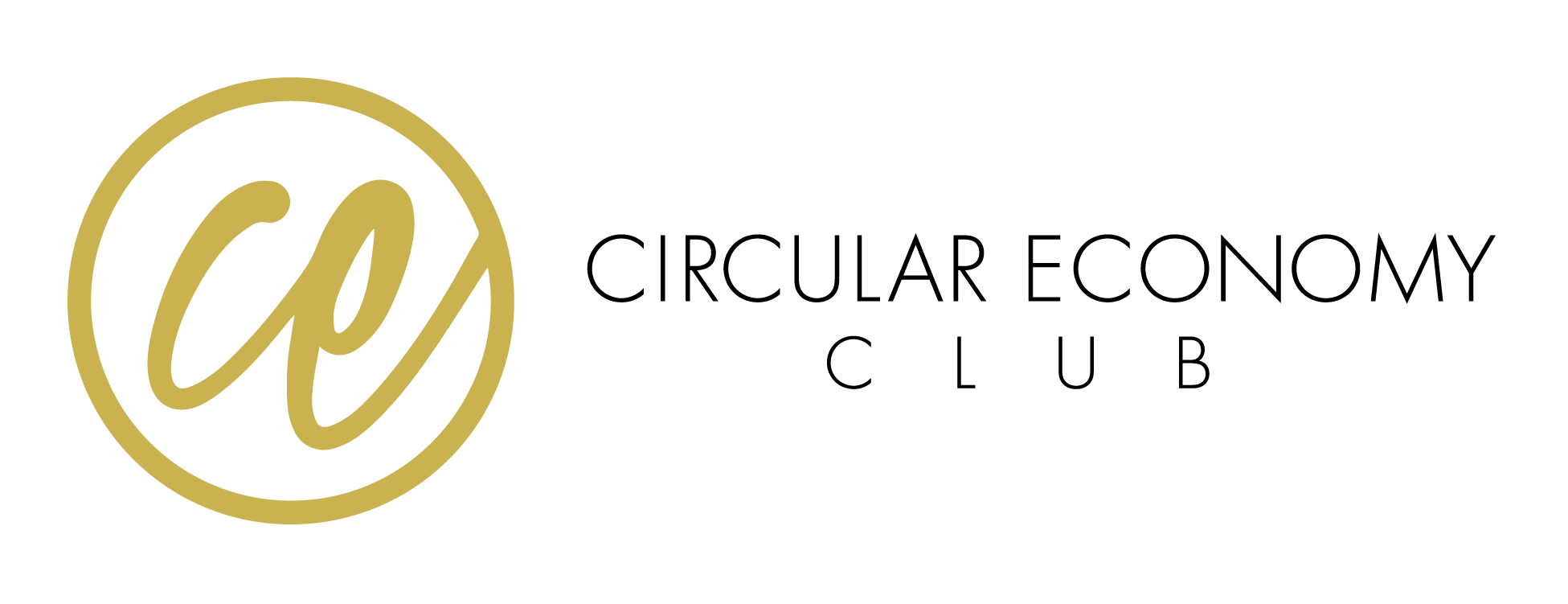-
One of the G-STIC 2017 key findings is that a transition to a new industry framework based on a Circular Economy approach and enabled by smart manufacturing technologies is vital to realise maximum resource productivity – using recycled materials, wastewater, CO2 and bamboo as resources.
G-STIC 2017 explored the overall interaction between digital technologies and Circular Economy. It was concluded that Industry 4.0 provides the technological driver for circular innovation, while Circular Economy is a driver for envisioning the industrial framework in 2030. We can’t have a circular economy without the 4th industrial revolution, nor can we have a socially useful and sustainable 4th industrial revolution without advancing the circular economy.
At G-STIC 2018, we want to dive deeper into the technologies, showing and discussing how existing digital technologies are (or can be) made available for circular business. In particular, we want to
- explore advanced sorting and smart characterisation technologies to enable re-use, remanufacturing and high-quality recycling op products,
- explore virtual product chains that mimic the real product chain behaviour,
- discuss the active management of construction materials, both in construction and demolition waste flows and in the building stock, to enable the development of circular building practices at city level.
-
-
Digital technologies as a driver for Circular Economy (G-STIC 2018)
Brussels, Brussels Hoofdstedelijk Gewest, Belgium
Date: November 28, 2018 - November 30, 2018

